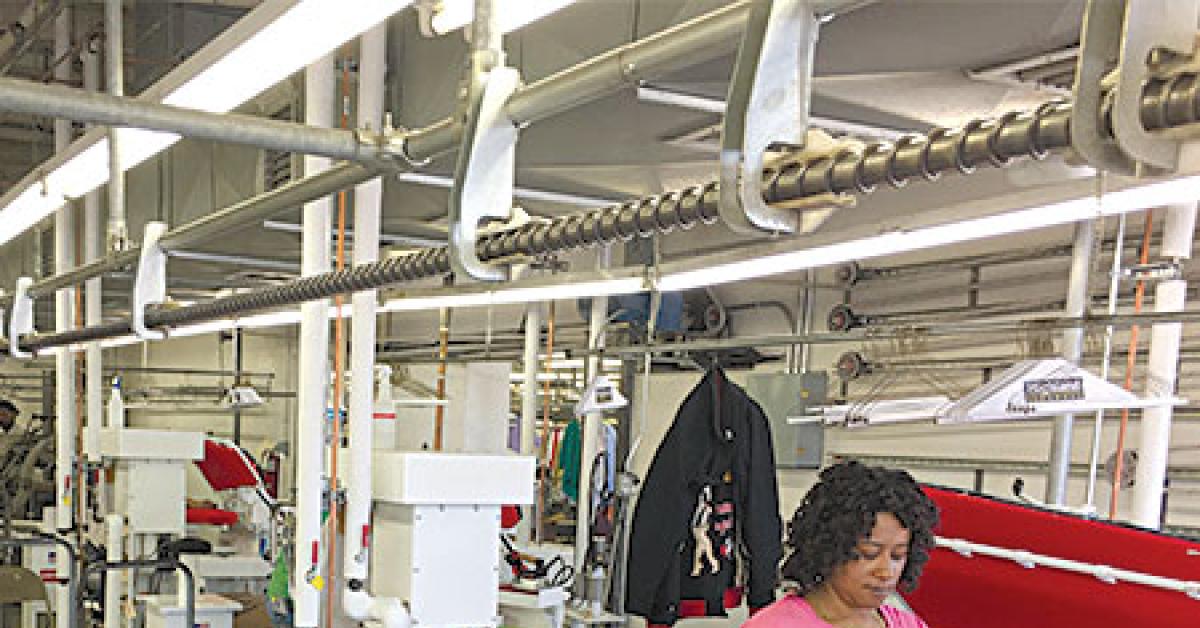CHICAGO — This article asks the burning question:
How easy does your customers’ clothing ride through your plant?
Humor us: You are a piece of clothing entering your own plant. Describe your trip...
“Clothes at Highland,” says Michael Jones, owner and CEO of Highland Cleaners in Louisville, Ky., “are like in the Dr. Seuss book, Oh, the Places You’ll Go. They travel a long way at my facility.”
Gary McCracken, owner, Clothesline Cleaners, Boise, Idaho, notes, “The building our plant sits in has been expanded three times to accommodate our growth,” and points out further, “we have now filled up all of the available space on the property, and it is ‘chunky,’ to say the least.”
Those are the views from two drycleaning owners. But how easy, really, is the ride for the clothing they clean? We’re about to find out. Easy Rider today means efficient and, hopefully, cost-effective.
Before we ask for further workflow observations by our dry cleaners, let’s get some other perspectives. Rick Rome is founder and president of WashClub in New York City, a full-service laundry and drycleaning pickup and delivery company that operates across the United States, and also licenses a full suite of software services. He shares his view of what he sees in plant workflow:
“Generally, what I see in plants is traditional operating models with some automation. The plants with the most automation are the biggest operators out there. They have maximized their design and workflow to create tremendous operating efficiencies. I strive to emulate them!”
Another viewpoint comes from Judith Stone, half of the husband-and-wife team, with husband Richard, of the consulting business Dry Cleaning Plus. Her thoughts:
“Take some time to actually observe the flow to see where the bottlenecks are. Get rid of dead inventory, unused equipment and accumulated junk. There will be more room to work with.
“Think about your operational needs. Having a route, with orders leaving the premises within one to three days, is different than over-the-counter inventory, which must have a place while awaiting pickup by the customer.
“Before making changes, consider if your budget can afford automation and learn how the automation will contribute to eliminating those bottlenecks. Hire an expert.”
Now back to Jones at Highland, who describes his operation as a high-quality, full-service dry cleaner, a two-generation, family-owned business with 13 branches and a central processing facility.
“Our plant is almost 19,000 square feet, which sounds like a ton of space to most fellow dry cleaners, but the building is a real Frankenstein of construction over the past 75 years. There are many small rooms, small connecting doorways, different levels, and irregular spaces,” he explains.
“It has been very difficult to get a good workflow with these constraints. We utilize lots of screw rails, carts and one amazing new rope rail, to move the clothing through the facility. I feel we are about as efficient as we can be with the constraints of our space.”
Check back Thursday for the conclusion.
Have a question or comment? E-mail our editor Dave Davis at [email protected].



